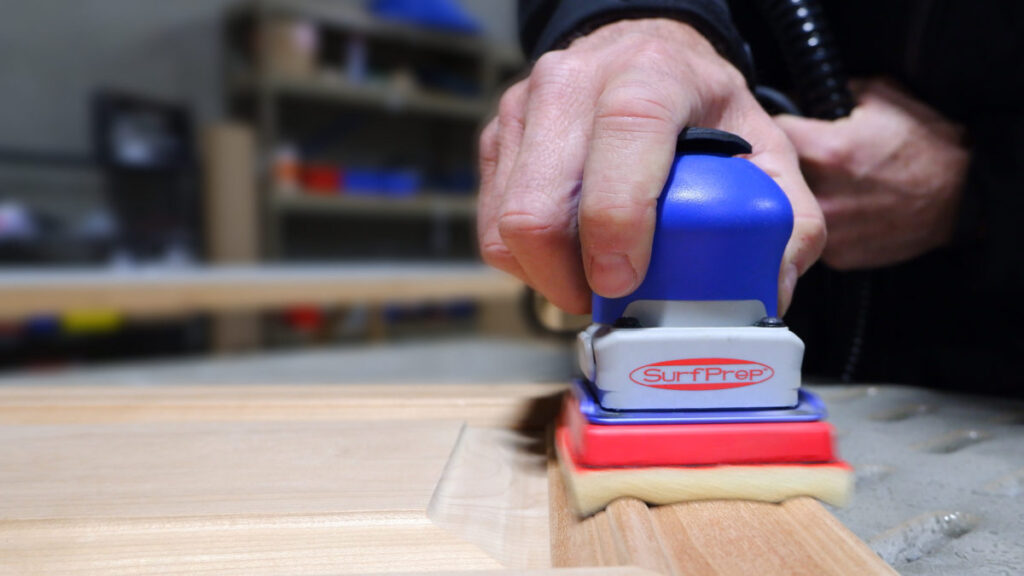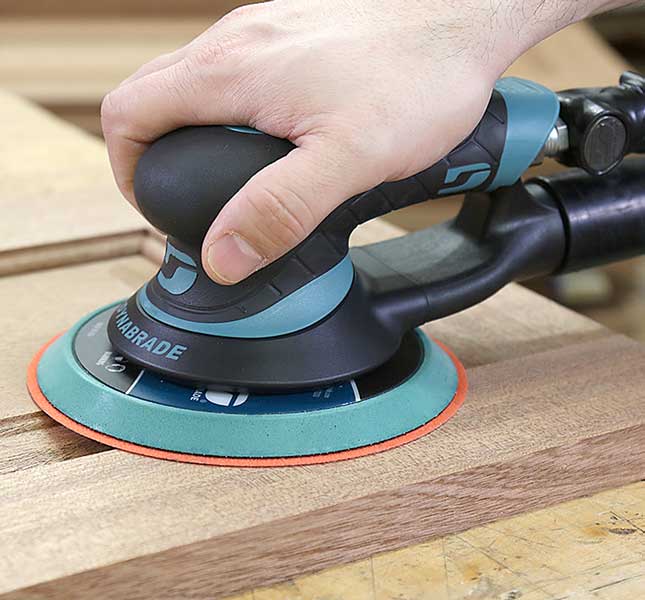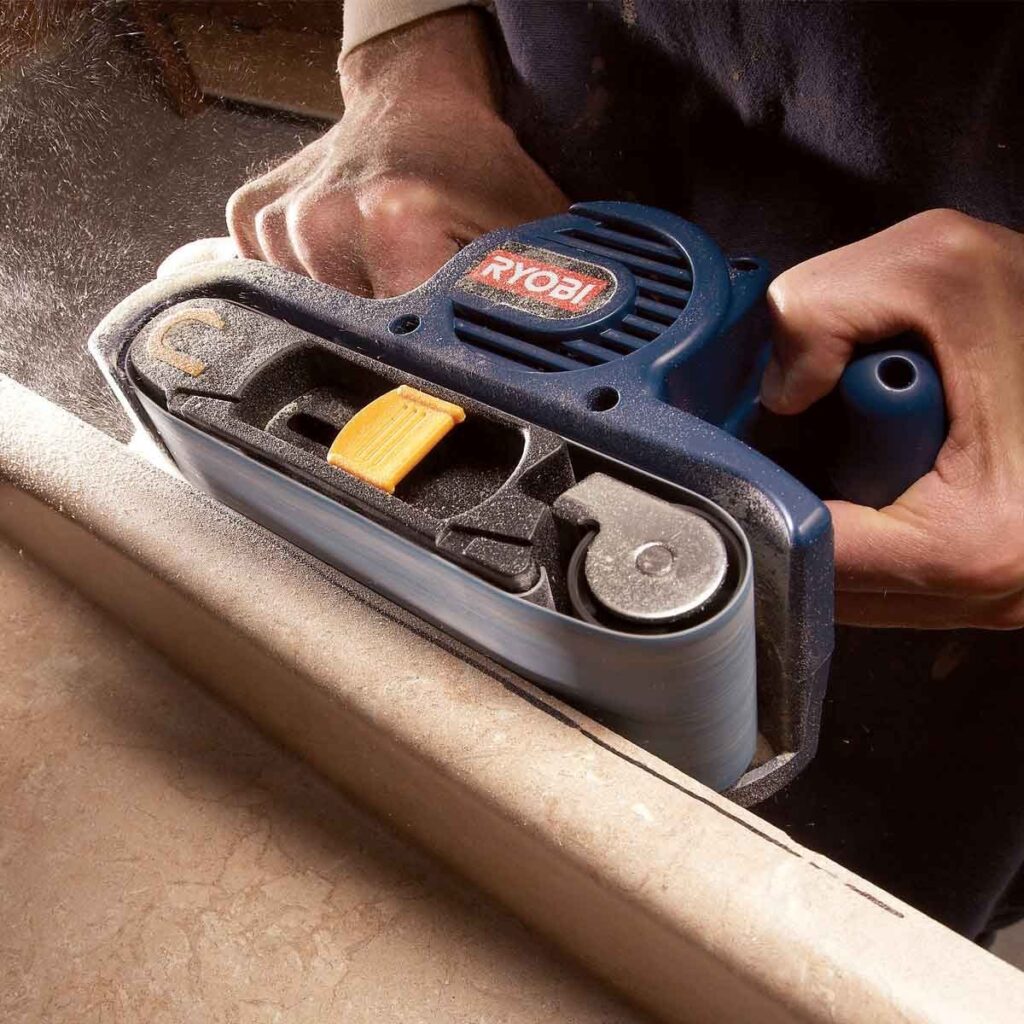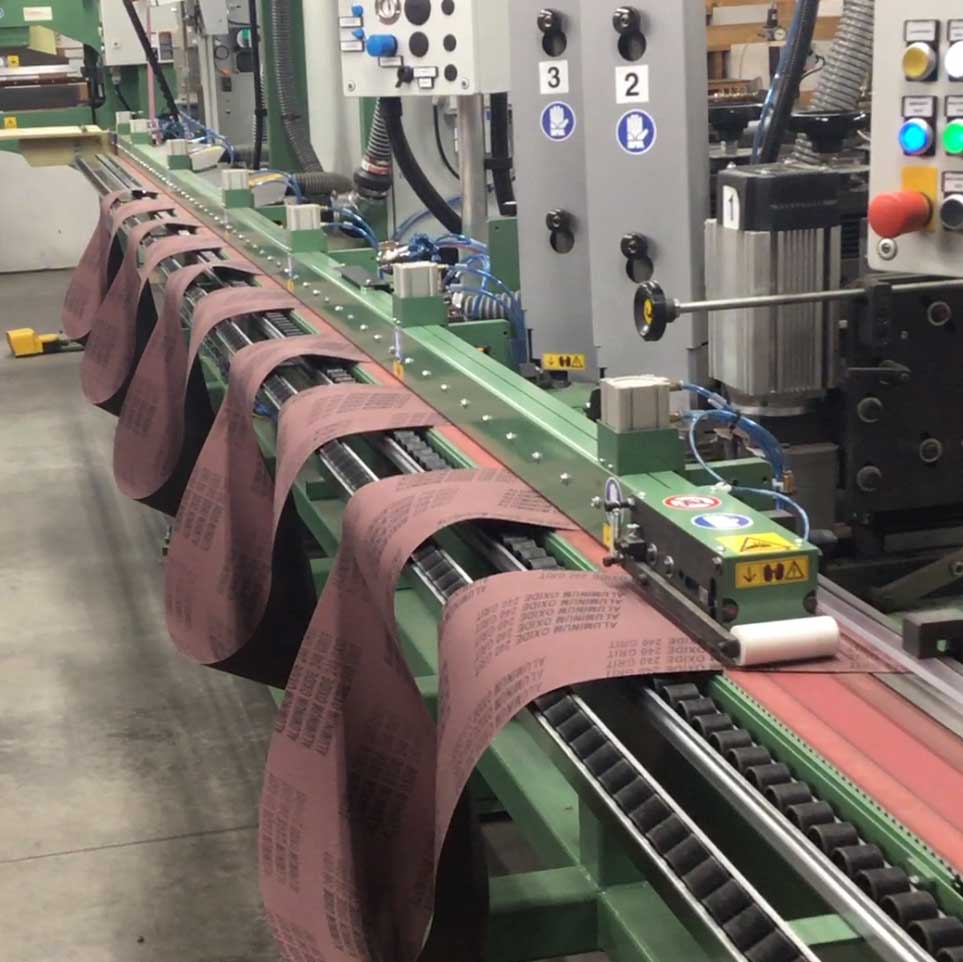As any seasoned woodworker knows, the final finish of a project can make or break its overall aesthetic appeal. By understanding the various types of abrasives available and employing the right techniques, you can elevate the quality of your woodworking projects and create flawless surfaces that are sure to impress.

Understanding Abrasives
Before we dive into the specifics of using abrasives, let’s first explore the different types available. The most common abrasives used in woodworking are sandpaper, sanding discs, sanding belts, and sanding sponges. Each of these options offers unique benefits and is suitable for different applications.
When it comes to sandpaper, you’ll find a wide range of grit sizes available. The grit size refers to the coarseness of the abrasive particles embedded in the sandpaper. Lower grit sizes, such as 40 or 60, are more aggressive and remove material quickly. Higher grit sizes, like 220 or 320, are finer and are used for smoothing and finishing surfaces.
Backing materials also play a role in the effectiveness of abrasives. Sandpaper can come with different backing materials, such as paper, cloth, or film. Each backing material has its own advantages and is suited for specific applications.
Choosing the Right Abrasive for the Job
Now that we understand the basics of abrasives, let’s discuss how to choose the right abrasive for your woodworking project. Firstly, it’s important to identify the type of wood you’re working with. Different wood species have different hardness levels, which can affect the sanding process.
Next, take into consideration the surface condition of your workpiece. If you’re starting with a rough or uneven surface, you may need a more aggressive abrasive to remove imperfections. On the other hand, if you’re working on a previously finished surface, a finer abrasive would be more appropriate for achieving a smooth, polished finish.
Lastly, match the abrasive to the specific task at hand. For example, when sanding curved surfaces or intricate details, sanding sponges or sanding blocks with flexible foam backing can provide better control and conform to the contours of the wood.
Preparing the Workpiece
If you’re working on a piece with an existing finish, it’s important to remove it before sanding. This can be done using a paint stripper or a sanding block with a coarse grit. Be sure to follow the manufacturer’s instructions when using chemical strippers and take proper safety precautions.
Once the surface is clean and free of any finishes, inspect the wood for imperfections such as dents, scratches, or gouges. Use a suitable wood filler or putty to repair these imperfections before proceeding with sanding.
Using Abrasives Effectively
Now that your workpiece is prepped and ready, let’s delve into the techniques for using abrasives effectively. When it comes to hand sanding, it’s important to use the right technique and maintain a consistent motion. Sand in the direction of the wood grain, applying even pressure to ensure a smooth and even finish.
For larger projects or to save time, power sanders can be a great tool. There are different types of power sanders available, such as orbital sanders, belt sanders, and random orbital sanders. Each type has its own advantages and is suited for different tasks. Be sure to select the appropriate grit size for your power sander and follow safety guidelines when operating these machines.
While using abrasives, it’s important to avoid common mistakes that can lead to subpar results. One common mistake is applying too much pressure, which can cause uneven sanding and damage the wood. Additionally, make sure to change sandpaper regularly to ensure optimal performance and prevent clogging.

Finishing Touches
Once you’ve achieved a perfectly smooth surface, it’s time to apply the finishing touches. Choosing the right finish is crucial for protecting the wood and enhancing its natural beauty. There are various finishes available, such as varnish, lacquer, or oil-based finishes. Consider the desired look and level of protection when selecting a finish for your project.
When applying finishes, follow the manufacturer’s instructions and use a clean brush or cloth. Apply thin, even coats and allow sufficient drying time between coats. Once the final coat is applied, you can further enhance the smoothness of the surface by buffing it with a fine abrasive pad or steel wool.
Lastly, maintaining the smooth surfaces of your woodworking projects is essential for their longevity. Regular dusting and cleaning can help prevent scratches and preserve the finish. Additionally, be mindful of placing objects on the surface to avoid any potential damage.
Conclusion
In conclusion, achieving perfectly smooth surfaces in woodworking is a combination of using the right abrasives and employing effective techniques. By understanding the different types of abrasives available, selecting the right abrasive for the job, and following proper sanding techniques, you can elevate the quality of your woodworking projects and achieve flawlessly smooth surfaces.
Remember, practice makes perfect, so don’t be discouraged if you don’t achieve perfection right away. With time and experience, you’ll master the art of using abrasives and create stunning, smooth surfaces that beautifully showcase your woodworking skills.















 Do Not Sell My Personal Information
Do Not Sell My Personal Information